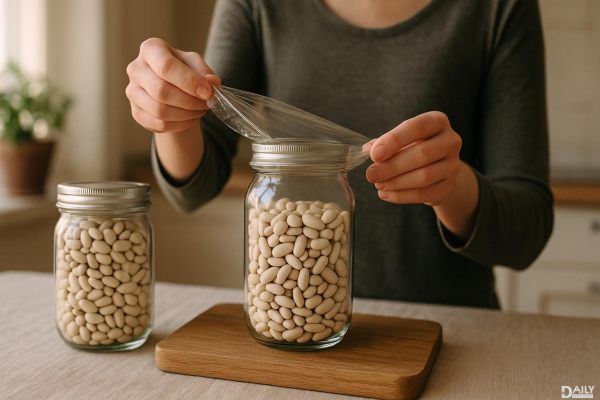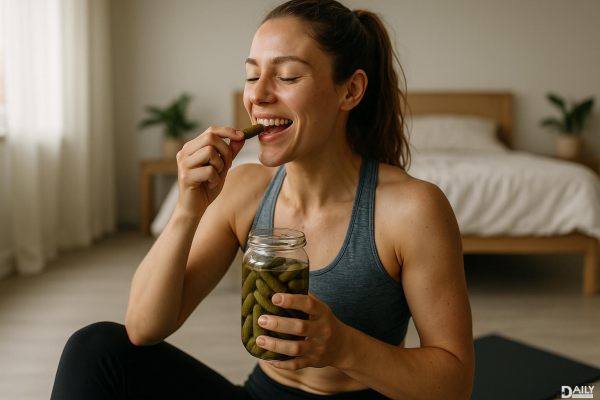Jelly beans and other artificially colored treats are about to undergo a major makeover—and honestly, it’s about time. The FDA’s ban on Red Dye No. 3 marks a turning point in food safety, even if the science behind its risks isn’t entirely black and white. While the dye hasn’t been proven to cause cancer in humans, the fact that it triggered tumors in lab rats was enough for regulators to pull the plug. So, what does this mean for your favorite strawberry-flavored snacks? Buckle up, because your grocery aisle is in for a glow-down (in the best way possible).
Where Red No. 3 Hides—And Why It’s Everywhere
If you’ve ever marveled at the neon-red hue of candy corn or the electric pink of a frosted cupcake, you’ve probably encountered Red Dye No. 3. This synthetic colorant has been a staple in processed foods for decades, sneaking into everything from gummy vitamins to maraschino cherries. Its appeal? Consistency. Unlike natural dyes, which can vary in shade, Red No. 3 delivers that same unnaturally perfect cherry-red every time. But its reign is ending, and food manufacturers now face the challenge of replicating those vibrant tones without it. Spoiler: Beet juice just doesn’t hit the same.
The Science Behind the Ban
Here’s the deal: The FDA’s decision wasn’t made lightly. While human studies haven’t confirmed a cancer link, the Delaney Clause—a 1960s-era regulation—requires action if an additive causes cancer in animals. And in male rats, high doses of Red No. 3 led to thyroid tumors. Critics argue that humans consume far lower amounts, but the precedent matters. "This ban isn’t just about one dye," says Richter. "It’s about holding food safety standards to a higher threshold." Meanwhile, research also hints at links to hyperactivity in kids and reproductive issues, adding fuel to the fire.
Natural Alternatives: A Compromise on Color
Swapping Red No. 3 for safer options isn’t as simple as flipping a switch. Natural alternatives like hibiscus or spirulina offer health perks (antioxidants! vitamins!) but lack the radioactive-red intensity food companies love. Then there’s Red Dye No. 40, another synthetic option—but it’s controversial for its own reasons. The real solution? A shift in expectations. "We’re used to foods looking hyper-saturated," says Chapon. "But muted colors might mean fewer chemicals—and that’s a trade-off worth making."
The Future of Food Aesthetics
By 2028, shelves will look different. Strawberry ice cream might lean more pastel than punchy, and jelly beans could adopt earthier tones. But this isn’t just a visual change—it’s a cultural one. "Consumers are demanding transparency," Richter notes. "If banning Red No. 3 means fewer artificial ingredients overall, that’s progress." And let’s be real: Nostalgia for DayGlo snacks won’t outweigh the benefits of cleaner labels. After all, who needs neon frosting when you can have a cupcake that won’t make your dentist (or your thyroid) panic?
Change is coming, but it’ll be gradual—and that’s okay. The phase-out period gives companies time to reformulate, and shoppers time to adjust. So while your next bag of candy might not be Instagram-bright, it’ll likely be safer. And that’s a win worth savoring. Even if it means accepting that some foods were never meant to glow in the dark.
























